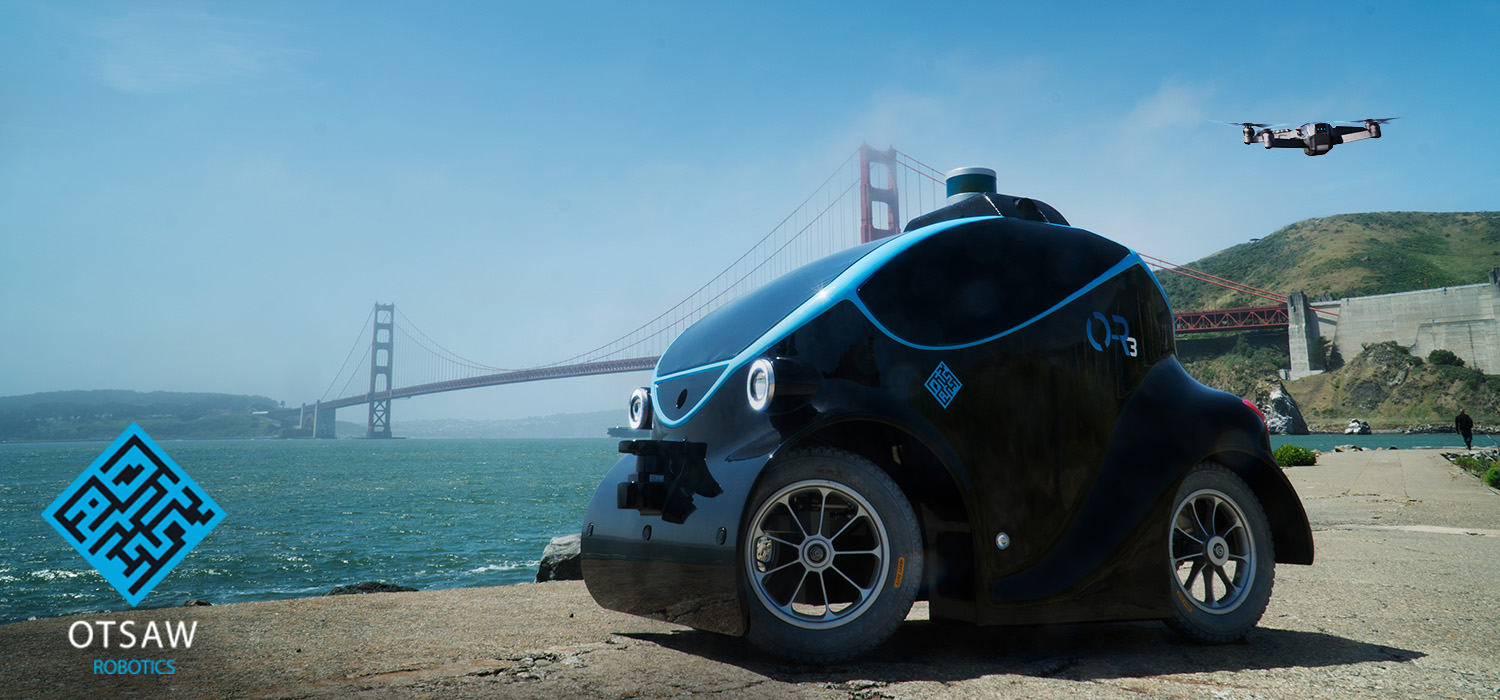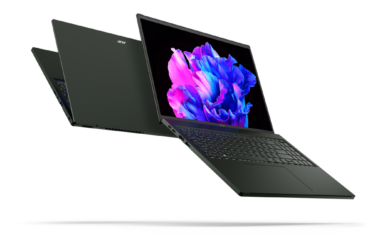RoboCop eat your heart out. A Singapore startup Otsaw Digital has developed a golf-cart-sized autonomous security car called O-R3. That’s not the only thing that’s cool. It even has a drone companion that it can send after intruders.
Debuting at Communicaisa17, O-R3 is the world’s first ground-aerial outdoor security robot, offering a unique aerial and ground collaborative system (UGV + UAV).
The robot vehicle has “perception sensors” which include 2D and 3D LIDAR sensors, IMU and ultrasonic sensors, and GPS. With other technical wizardry that also includes HD cameras and sensor fusion technology, it can spot unattended bags, and can differentiate between employees and intruders.

It’s powered by an advanced machine learning algorithm and 3D SLAM technology that helps it navigate surroundings perceptively.
It detects anomalies, avoids obstacles on its path, and even self-charges when energy is low.
If it spots a bag that’s unattended for five minutes, it can raise an alarm and marks it for further investigation.
It recognises registered employees, and it will determine if you’re an intruder. If the person is marked as an intruder, the car will send the drone after him, up to 100m away.
The drone can be especially useful if there are obstacles in the four-wheel vehicle’s way, and it can also provide an aerial view of the environment.
O-R3 fits the Singapore government’s vision to become the world’s first smart city.
According to Otsaw, clients will be able to rent an O-R3 for USD10,000 a month, an equivalent price of about four security guards in Singapore. While completely replacing humans is still far-fetched, O-R3 can take over low-level tasks like patrolling, complementing human security personnel.
Being an autonomous solution, O-R3’s UGV-UAV collaborative surveillance system delivers 24/7 patrol and protection.
The outdoor version of the O-R3 has a range of 5km, while a smaller indoor version is in the works.
Otsaw says it’s also planning to build other autonomous robots – like autonomous road-sweepers with cheaper LIDAR technology.
Source: Mashable via Otsaw Digital











